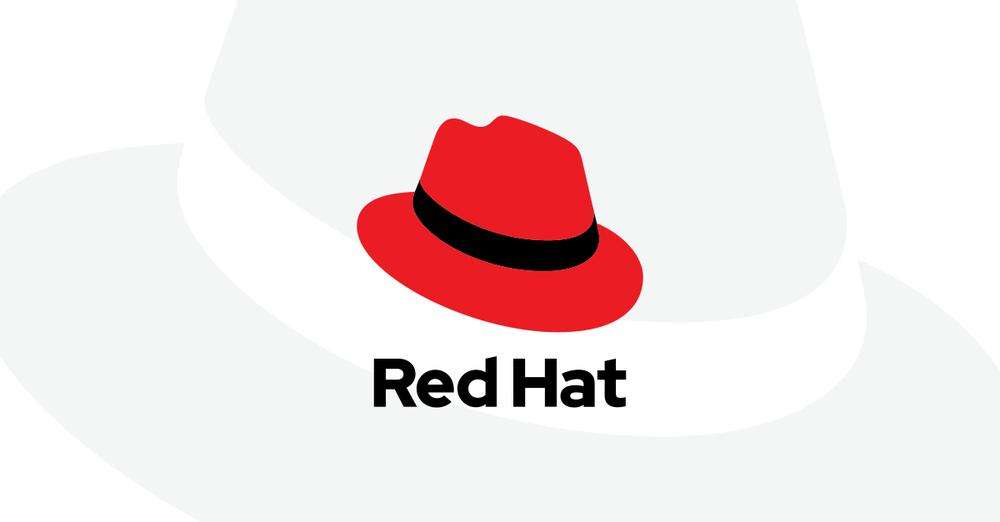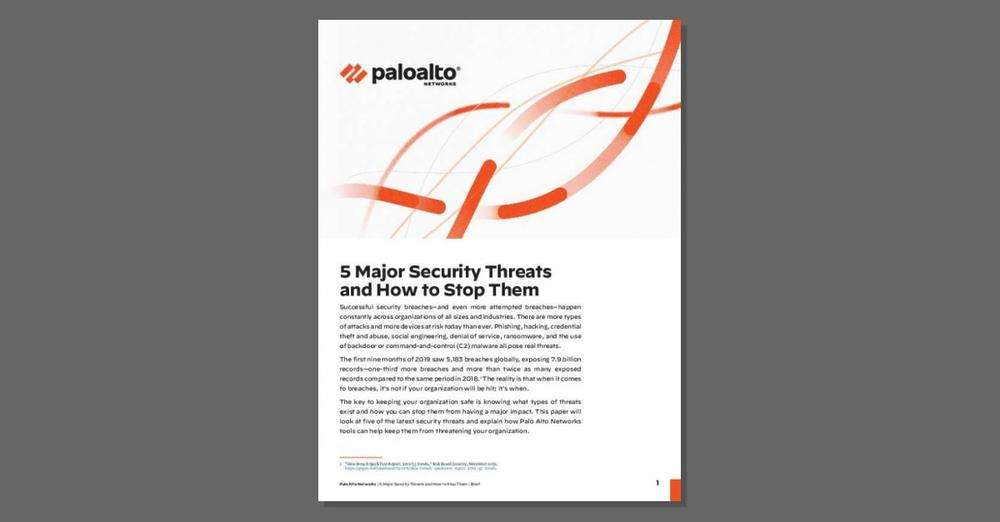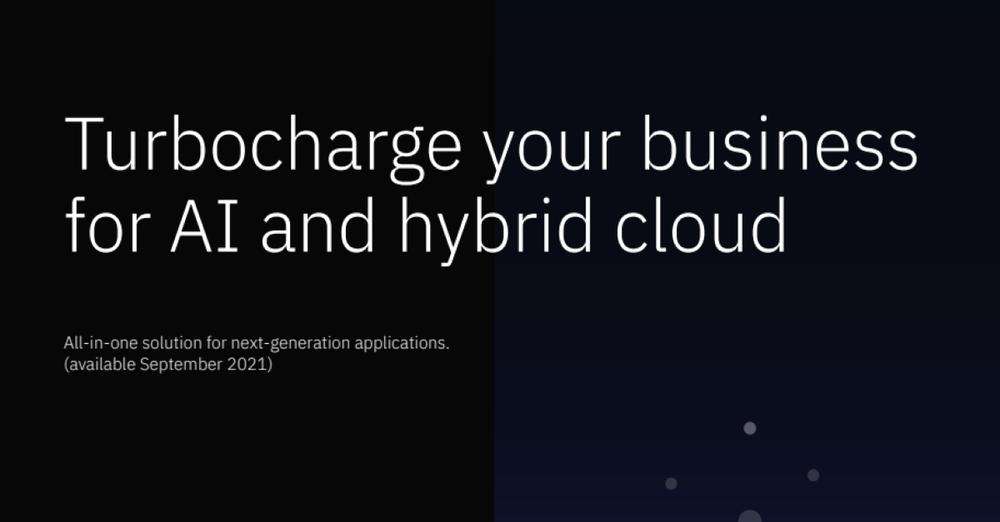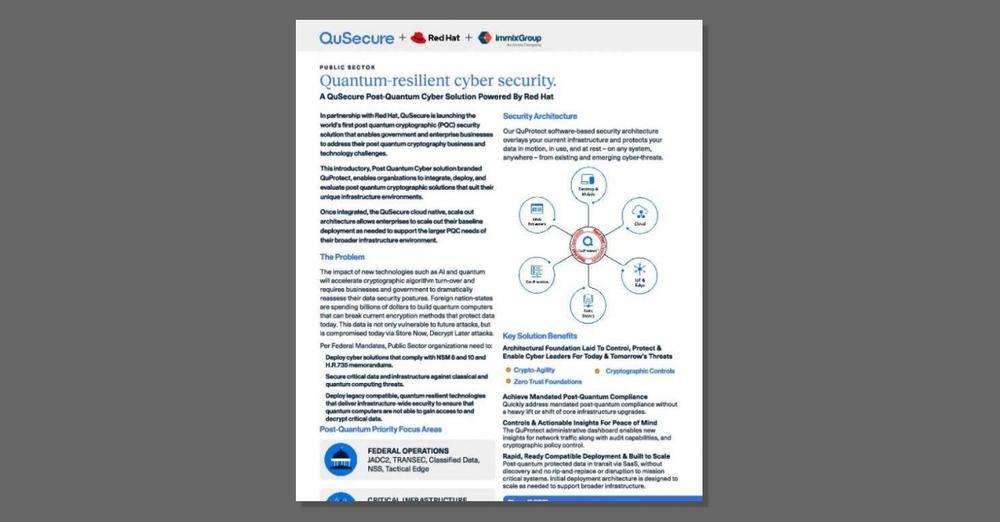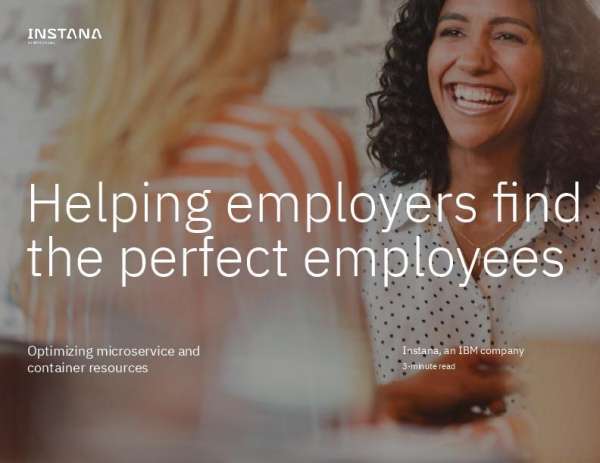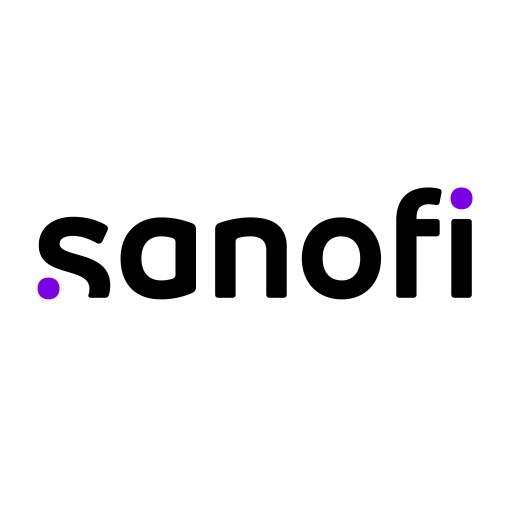Ansible Automation Platform acknowledged with the highest score in the strategy category; “leverages its strong open source community to power innovation”
RALEIGH, N.C. – March 21, 2023 —
Red Hat, Inc., the world’s leading provider of open source solutions, today announced that Red Hat Ansible Automation Platform has been named a leader by Forrester Research in The Forrester Wave™: Infrastructure Automation, Q1 2023.
It can clearly handle scale: Large global systems integrators lean on it to deliver managed services.
Naveen Chhabra
principal analyst, Forrester
Forrester Research identified the 11 most significant infrastructure automation providers and researched, analyzed, and scored them. Red Hat and the other top providers were evaluated for The Forrester Wave™ against 30 criteria grouped into three categories: current offering, strategy, and market presence. In the evaluation, Red Hat received the highest possible scores in 13 criteria, including community support, product vision, execution roadmap, planned enhancements, innovation roadmap, supporting products and services, partner ecosystem, revenue, and average deal size.
According to Forrester’s evaluation, “Red Hat sets the pace of the market by addressing operational challenges, skill gaps, and budgetary pressures. Its strength lies in its community, which has led to solid partnerships and supporting services. Red Hat capitalizes on this ecosystem by adopting and embracing the work of contributors. Key upcoming features include trusted automation supply chain, Event-Driven Ansible, and AI-led automation through Project Wisdom.”
Upcoming automation innovations from Red Hat will be recognized on an even bigger open source stage this year, bringing the world’s leading IT automation technology event, AnsibleFest, to Red Hat Summit 2023. Ansible Automation Platform provides the cloud-native architecture to deploy hybrid cloud automation at scale with the speed, agility, consistency and resiliency that’s needed. Customers can look to the continuous innovations of Ansible Automation Platform to address the management needs across the enterprise, free up IT teams, and focus on business innovations.
Supporting Quotes
Thomas Anderson, vice president, Ansible, Red Hat
“We are proud to be recognized as a leader in The Forrester Wave™. As they note in the report, ‘Red Hat is a great fit for firms seeking consolidated automation across many infrastructure technologies and vendors.’ We believe Ansible Automation Platform is a powerful enabler that can not only work as the glue across varying domains, but can also extend automation across organizations, offering capabilities to make automation more achievable and help close skills gaps. Additionally, the platform is integrated across our portfolio, reducing cost and complexity for our customers.”
The Forrester Wave™: Infrastructure Automation, Q1 2023
Authored by Naveen Chhabra, principal analyst, Forrester
“Ansible has strengths in configuration management, integration with configuration management database (CMDB), analytics, and community support. It can clearly handle scale: Large global systems integrators lean on it to deliver managed services.”
Additional Resources
- Read The Forrester Wave™: Infrastructure Automation, Q1 2023
- Register to attend Red Hat Summit 2023
- Explore Ansible in top public cloud marketplaces: AWS, Azure and Google Cloud
- Check out the future of IT automation with artificial intelligence
- Learn more about Event-Driven Ansible
- Get started with Red Hat Ansible Automation Platform
Connect with Red Hat
- Learn more about Red Hat
- Get more news in the Red Hat newsroom
- Read the Red Hat blog
- Follow Red Hat on Twitter
- Join Red Hat on Facebook
- Watch Red Hat videos on YouTube
- Follow Red Hat on LinkedIn
IN SHORT
Red Hat Ansible Automation Platform has been named a leader by Forrester Research in The Forrester Wave™: Infrastructure Automation, Q1 2023.
MENTIONED IN THIS ARTICLE
Red Hat Ansible Automation Platform, Forrester Research
FOR MORE INFORMATION
The Forrester Wave™: Infrastructure Automation, Q1 2023, Red Hat Summit 2023Contact Red Hat PR
